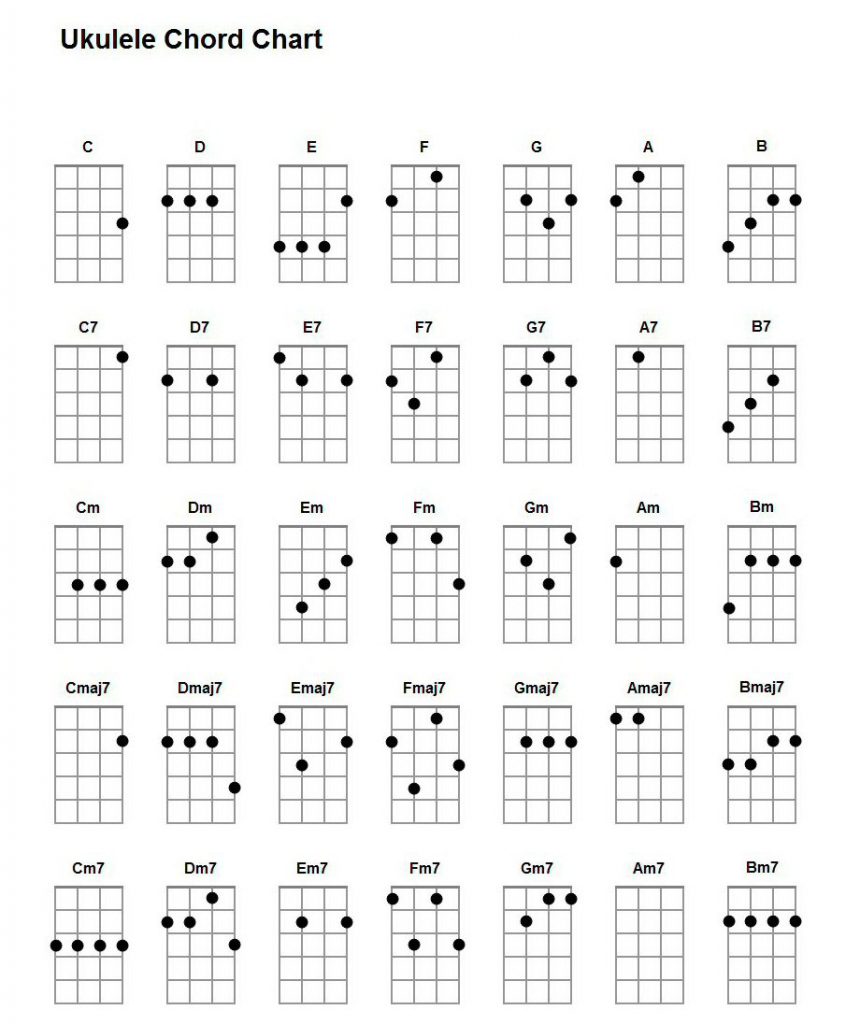


Eventually you learn to hear these jumps: I–V has an unmistakable sound of its own, no matter what key you’re in. The number system helps you see chord progressions in terms of interval jumps, like going from the I to the V, or between the I and the vi. In the key of G major, take the G major scale (G A B C D E F # ) and G is the I, Am the ii, Bm the iii, C the IV, etc. You’re just going up the C major scale (C D E F G A B) and assigning numbers to the intervals. The numbers relate to the scale of a given key: In C major, C is the I, Dm the ii, Em the iii, F the IV, and so on, with uppercase Roman numerals representing major chords and lowercase denoting minor. Musicians often describe chord progressions by giving chords numbers instead of letter names. Playing With Numbersīefore you tackle the I–vi–ii–V, it’s important to know about the number system. This progression is also at the heart of the A section to “I Got Rhythm,” the 1930 George and Ira Gershwin song whose harmonic structure has been used so often by jazz musicians and songwriters that it’s also been given a nickname, “rhythm changes.” But that’s for another lesson! Here’s everything you need to know about the classic I–vi–ii–V.

In this lesson, I’ll focus on the I–vi–ii–V-a major-key chord progression so popular that over the years it has been given names like “ice-cream changes,” “dime-store progression,” and more. I recently released a video called Understanding Chord Progressions for the Ukulele, in which I draw from a range of genres-pop, rock, country, jazz, and others-to teach how chord progressions work and, ultimately, how you can play a given song in any key. Subscribe to Ukulele on BY FRED SOKOLOW | FROM THE SPRING 2019 ISSUE OF UKULELEĬhords tend to move in certain predictable patterns, and when you’re aware of these patterns you recognize them when you hear them in a song.


 0 kommentar(er)
0 kommentar(er)
